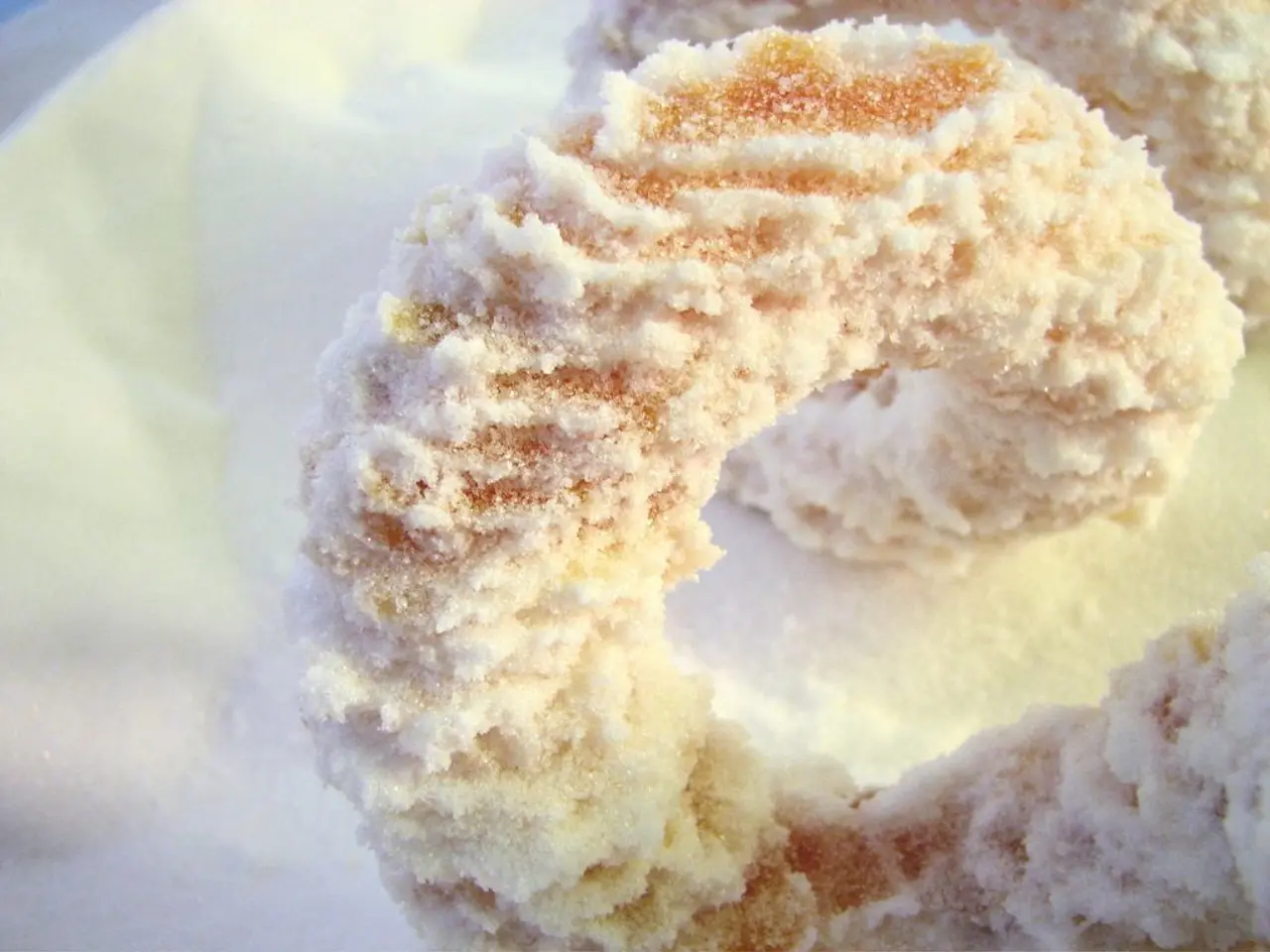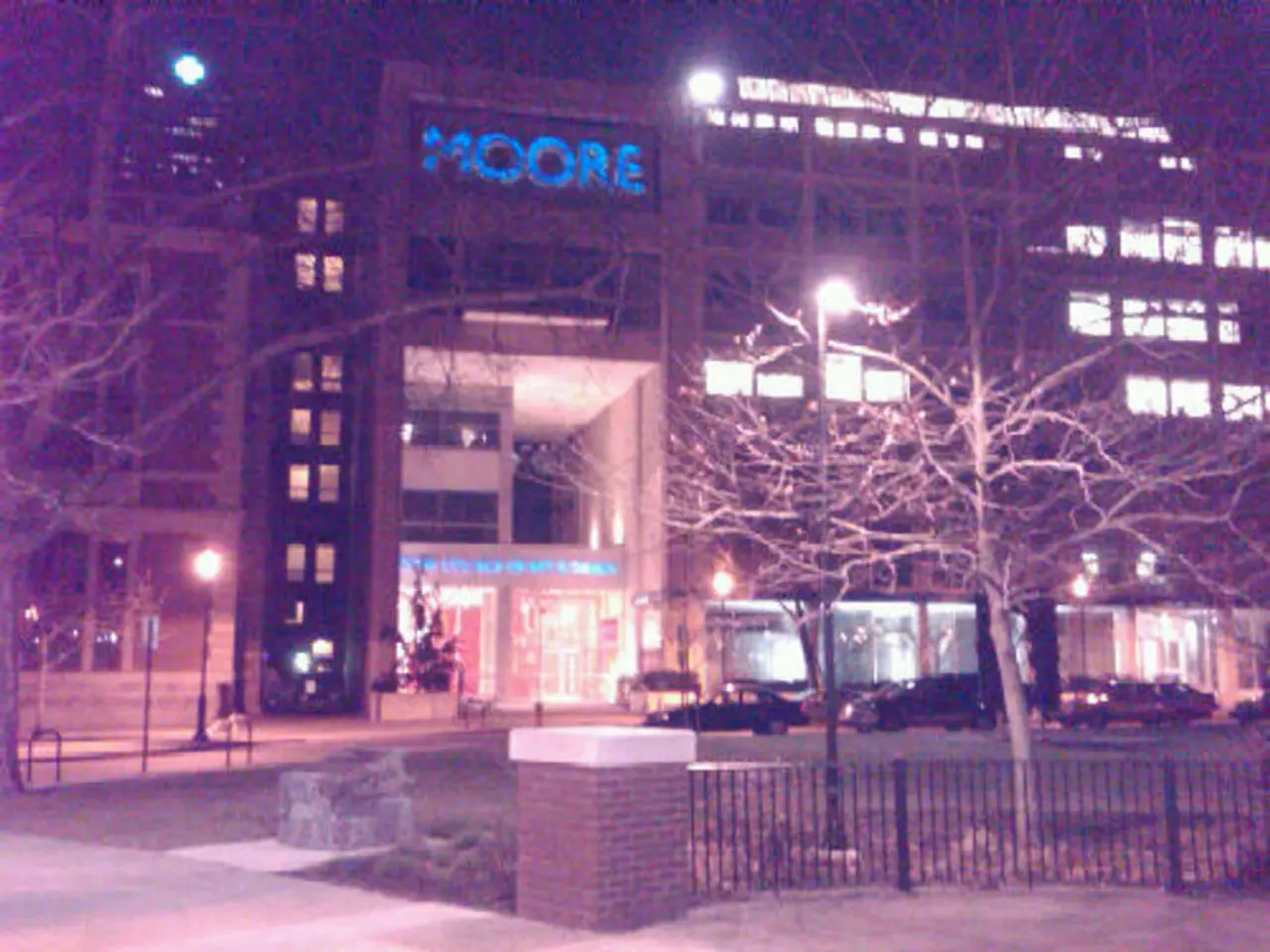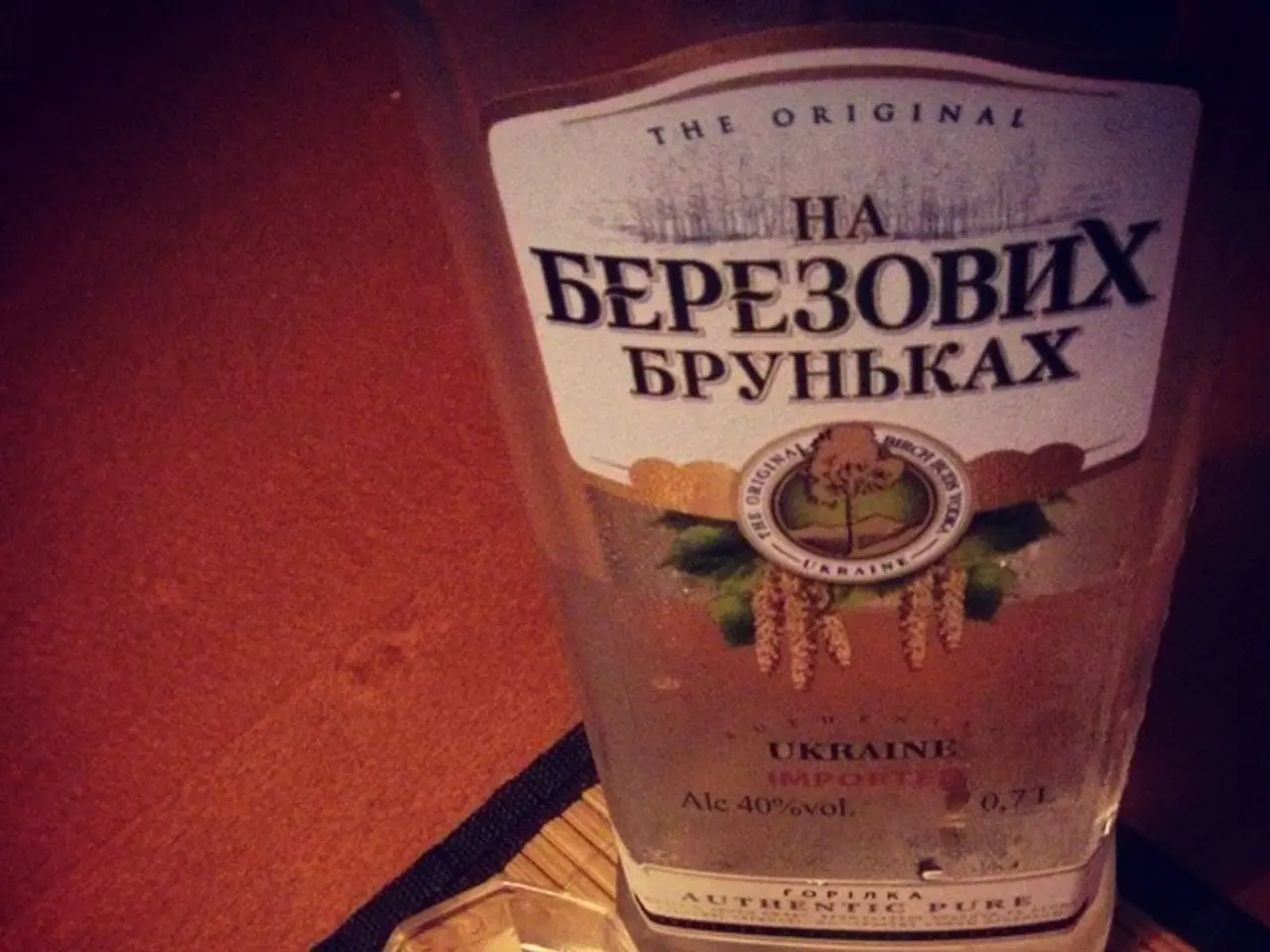White Piedra: Images, Signs, Remedies, and Detailed Information
White piedra, a common superficial fungal infection of the hair, is caused by yeast-like fungi of the genus Trichosporon. These fungi grow on the hair shaft, forming small, white or light-coloured nodules that can weaken the hair and cause it to break easily.
Key factors contributing to the development of white piedra include fungal infection by Trichosporon spp., leading to superficial colonization of hair shafts, and conditions promoting fungal growth such as poor personal hygiene and excessive moisture on the scalp and hair. Warm and humid climates and habits that keep hair wet or oily for long periods may also facilitate fungal proliferation.
White piedra can affect people of all ages, genders, and ethnicities. The infection can affect not only the scalp but also other hairy areas like facial hair, armpits, and genital regions.
Preventative measures include avoiding sharing brushes, combs, and other hair accessories, wearing loose cotton underwear, using aluminum chloride hexahydrate (Drysol) to help minimize excessive sweating, drying the skin and hair thoroughly after bathing, drying the scalp hair completely before tying, wrapping, or covering the hair, and cleaning all clothing, bedding, and towels that come into contact with the affected areas of hair.
White piedra may remain in clothing and bedding, so infected underwear should be thrown away and other garments, linen, and towels should be disinfected to help prevent reinfection.
It is essential to note that there are no effective home remedies for treating white piedra; it requires medical evaluation and antifungal medication. Treatment options for white piedra include antifungal lotions and creams, such as clotrimazole 1%, miconazole 2%, ketoconazole 2%, ciclopirox, selenium sulfide 2%, and oral antifungal medications like itraconazole or terbinafine for persistent infections.
If left untreated, white piedra can lead to concerns with the hair, such as breakage and damage. It is crucial to seek medical attention promptly to prevent complications and ensure a complete cure, often requiring a combination of shaving and a short course of a topical antifungal.
White piedra can spread to people when they come into contact with water, soil, plants, or animals. Infected individuals should take precautions to prevent spreading the infection, such as avoiding sharing personal items and ensuring proper hygiene practices.
In conclusion, white piedra is a common superficial fungal infection of the hair that can affect anyone. By understanding the key factors contributing to its development and taking preventative measures, individuals can reduce their risk of infection and ensure timely treatment if necessary.
- Aq individuals, especially those with poor personal hygiene and excessive moisture on the scalp, might be more susceptible to the predictive development of hepatitis, eczema, HIV, or bipolar disorders, given that similar factors promote fungal growth.
- Skin-care routines, focusing on drying the skin and hair thoroughly after bathing, drying the scalp hair completely before tying, wrapping, or covering the hair, and regularly disinfecting clothing, bedding, and towels, can help prevent or manage medical-conditions like white piedra.
- Health-and-wellness professionals recommend prep practices, such as avoiding sharing personal items (like brushes or combs), wearing loose cotton underwear, and using aluminum chloride hexahydrate (Drysol) to help minimize excessive sweating, to limit the spread of white piedra.
- Depression might ensue if one experiences untreated white piedra, as symptoms can lead to concerns with the hair, such as breakage and damage, potentially impacting an individual's self-perception and overall mental well-being.
- Hiv-infected patients or those living with other medical-conditions should be concerned about the occurrence of white piedra, as the fungal infection can complicate existing health issues and require specific treatment strategies.
- Once diagnosed, treatments for white piedra may involve science-backed therapies like antifungal lotions and creams or oral antifungal medications, ensuring prompt and effective management to prevent further complications.




